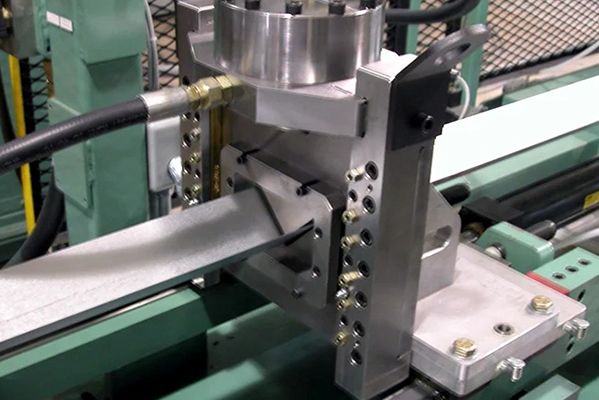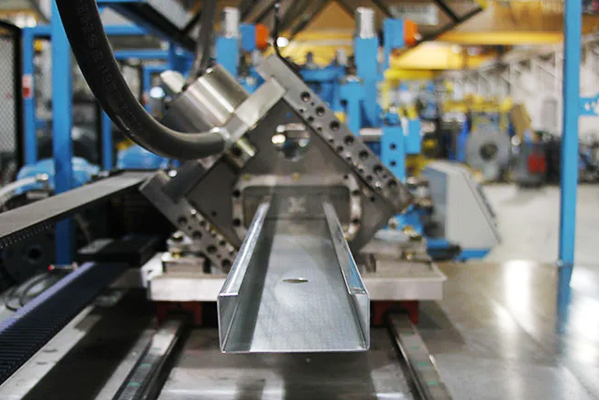Navigation Menu
Contact Us
- Email:
- info@wxavatar.com
- Address:
- Yurong Village, Yuqi Street, Huishan District, Wuxi, China.
Release Date:May 10, 2025 Visit:50 Source:Roll Forming Machine Factory
Steel framing systems have come a long way from their early days, with new technologies making them more efficient and practical than ever before. These innovations are changing how builders and contractors work with steel, offering solutions that save time while maintaining quality. Let's look at some of the key developments that are making a difference in the field.
Smarter Design Software
One of the biggest changes has been in design technology. Modern computer programs now allow for precise planning of steel frame structures before any cutting begins. These tools can create detailed 3D models that help spot potential issues early, reducing mistakes during construction. Many programs can also generate accurate material lists automatically, helping with cost estimation and reducing waste.

Improved Cutting Technology
Cutting steel components has become faster and more exact thanks to new equipment. Computer-controlled cutting machines can now handle various steel profiles with high precision, ensuring pieces fit together perfectly on site. Some systems even combine multiple steps, like cutting and hole-punching, into one operation. This advancement means less manual measuring and adjusting during assembly.
Better Connection Systems
How steel pieces join together has seen significant improvements. New connection methods make assembly simpler while maintaining structural integrity. Some systems use specially designed brackets or interlocking components that don't require welding in the field. These developments help speed up construction while making the process accessible to workers with different skill levels.
Lighter Yet Stronger Materials
While we're not focusing on material properties, it's worth noting that advancements in steel production have led to framing components that are easier to handle without sacrificing strength. This makes transportation and on-site work more manageable, especially in tight spaces or multi-story projects.
Enhanced Automation
More aspects of steel frame production are becoming automated. From material handling to component labeling, machines are taking over repetitive tasks. This shift allows human workers to focus on more complex aspects of the job while maintaining consistent quality in the finished product.

These innovations in steel framing equipment are helping construction teams work more efficiently while delivering reliable results. As the technology continues to develop, we can expect steel framing to become an even more attractive option for various building projects. The focus remains on practical improvements that make the builder's job easier and the final product better, without unnecessary complications.